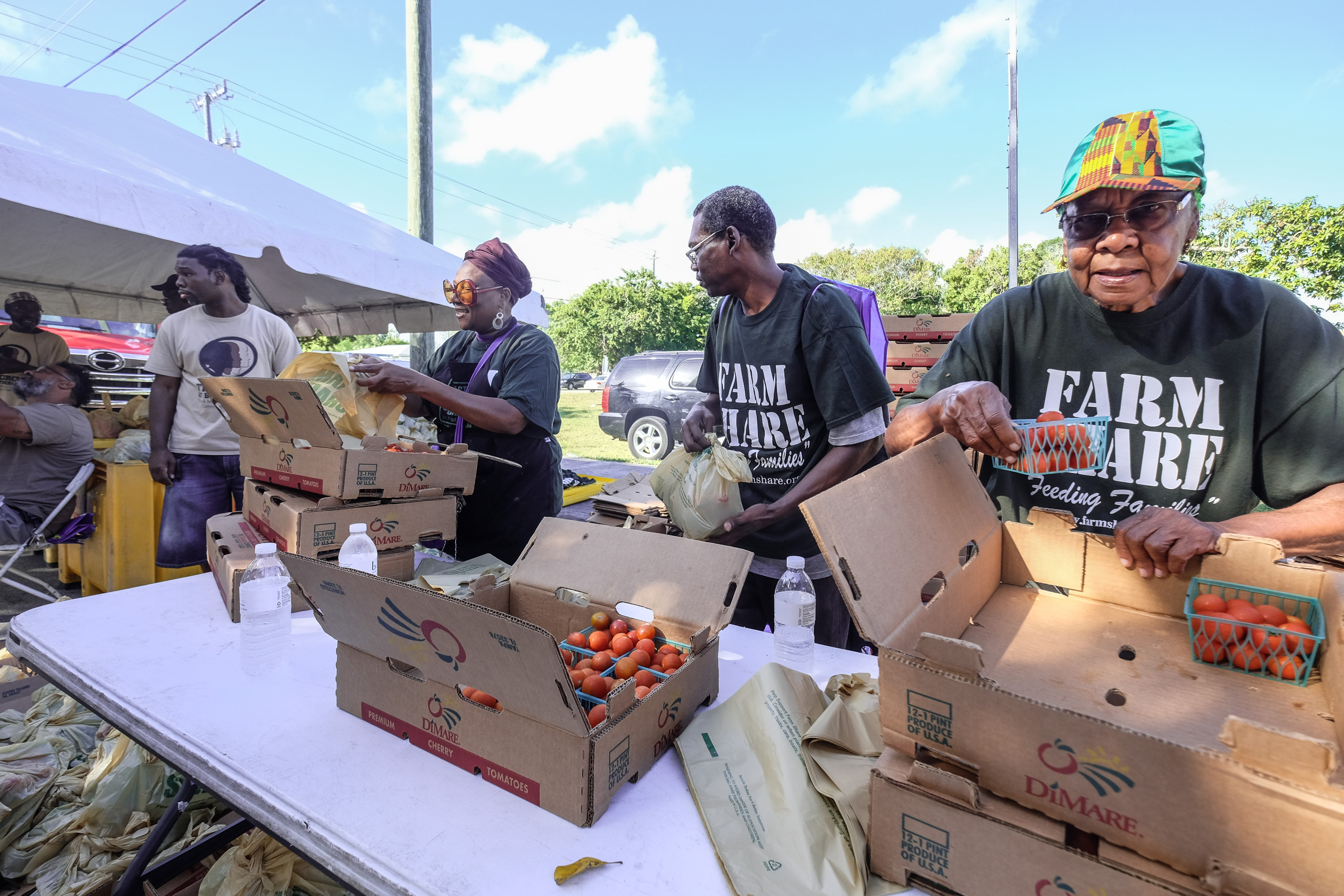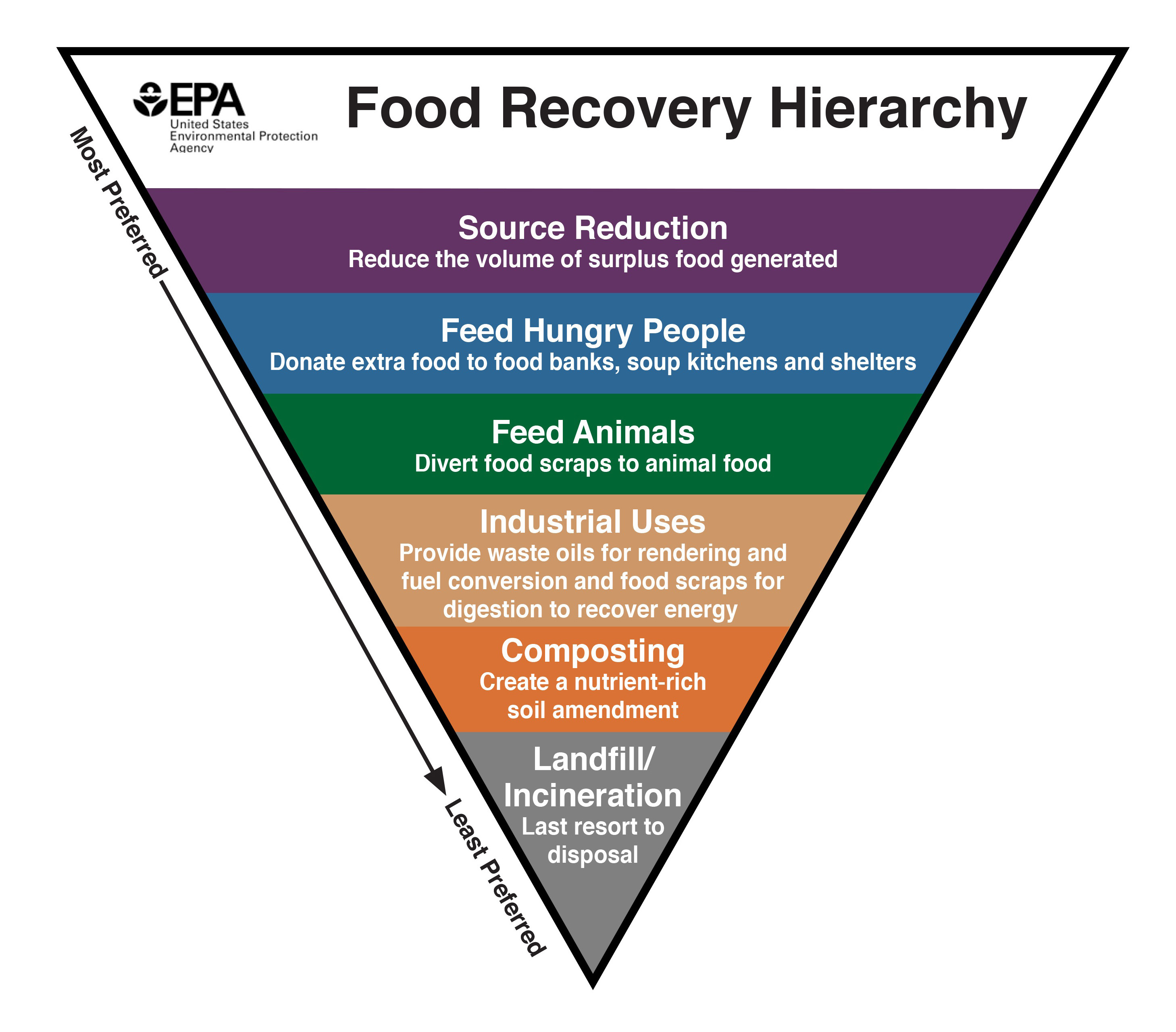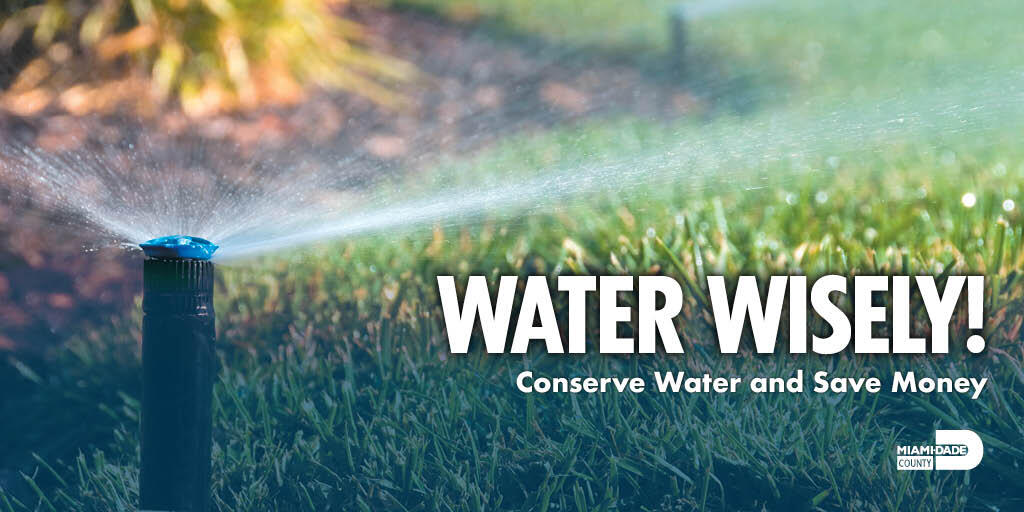Approach 7: Reduce Waste and Water Use
Making less waste and using less water is the easiest and cheapest way to reduce emissions. In Miami-Dade County each person produces six pounds of garbage and uses 140 gallons of water every day. Moving and processing that garbage and water takes a lot of electricity and fuel, which costs residents and businesses money. County water conservation, recycling, composting and food recovery programs help reduce waste. Community led initiatives and entrepreneurial innovation can have an even bigger impact by creating new businesses and jobs.
Because water in Southeast Florida is all connected, Miami-Dade County embraces the importance of a One Water approach for all aspects of water management. Efficient use of water helps protect ecosystems, prepare for sea level rise, secure our long-term water supply, and save money.
Metrics
- Water use per capita, gallons per day
- Landfill waste generated per capita, tons per year
- Percentage of paper, plastic, and metals recycled
Construction and demolition (C&D) waste is the material left over when buildings and infrastructure are torn down or constructed. Miami-Dade's development driven economy creates a lot of C&D waste like concrete, plaster, wood, and metal. Unfortunately, only 14% is recycled or reused. Best practices like requiring a waste management plan before demolition of a building could help reduce landfill waste. It will also create new jobs in deconstruction and recycling.
Food Recovery

Water Conservation

Contact Us

Environmental Resources Management
Loren Parra
Overtown Transit Village North
701 NW 1st Court,
Miami, FL 33136
305-372-6789
